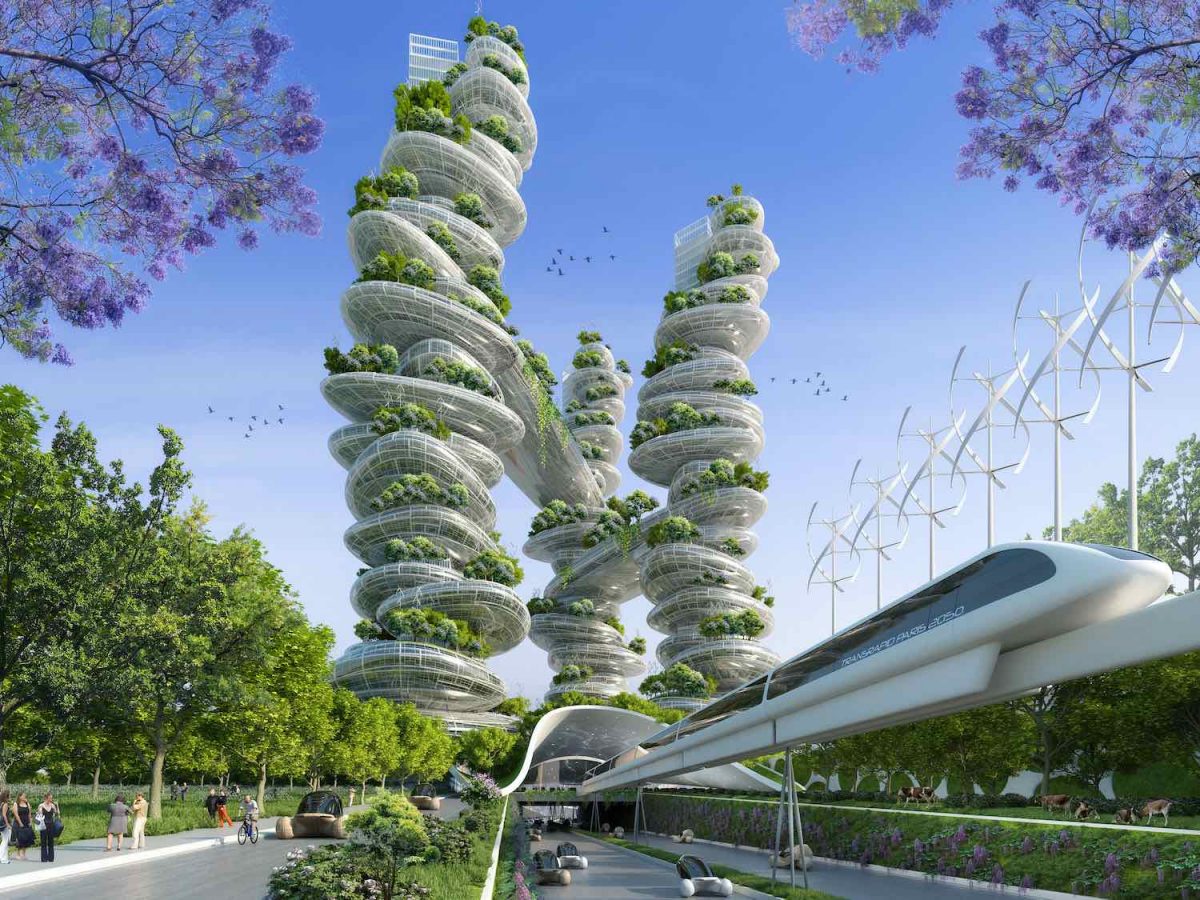In recent years, a growing number of cities around the world have been rethinking their structure with one clear goal: to prioritize people over cars. And as this shift gains momentum, it’s becoming clearer that smart, thoughtful design doesn’t just make cities look better, it fundamentally changes the way they move.
Take Santander, a city on Spain’s northern coast that has quietly become one of Europe’s most innovative urban playgrounds. Since 2010, Santander has transformed itself into a fully functioning smart city. Over 20,000 sensors monitor everything from traffic flow and air pollution to trash levels and parking availability. Streetlights dim automatically when nobody’s around. Public transport is optimized in real time. And with apps allowing citizens to report issues or access city services directly, daily urban life becomes just a little smoother. Behind the scenes, data is constantly collected and analyzed to help planners make smarter mobility decisions, from rerouting buses based on real-time demand to knowing exactly when and where to build new bike lanes.

But Santander isn’t just about flashy tech. It’s a case study in how smart infrastructure and accessible design can subtly nudge people toward more sustainable modes of transport. When it's easier to park a shared bike than a private car , or when the bus arrives reliably within minutes, it stops being about “encouraging” green mobility and becomes more about enabling it.
And it’s not only happening in Spain. All over Europe, cities are experimenting with ways to shift their focus from vehicles to people. The much-discussed “15-minute city” concept, originally championed in Paris, proposes a simple yet transformative idea: that everything a person needs - from work, education, groceries all the way to healthcare and recreation - should be accessible within a 15-minute walk or bike ride. This model has gained international traction not because it’s trendy, but because it addresses very real challenges in everyday urban life: long commutes, lack of access, and isolation. By redistributing services and redesigning space, cities like Paris and Copenhagen are actively reducing car dependency, cutting emissions, and—perhaps most importantly—giving residents more time back in their day.

In Barcelona, another model is taking shape: the "superblock" or superilla. These are clusters of city blocks where through traffic is heavily restricted and streets are given back to pedestrians and cyclists. Inside these zones, noise and pollution drop dramatically, and public space is reclaimed for parks, cafés, and community activities. It’s not just good for the planet; it’s good for the soul. And research shows that when car access is limited in this way, people naturally switch to walking, biking, or using public transport, not because they’re forced to, but because it simply makes more sense.
Design interventions like these have real, measurable impacts. In cities that prioritize permeability - that is, ease of movement through well-connected paths and streets - people are far more likely to walk or cycle. In contrast, car-centric street layouts with dead ends, underpasses, and wide intersections tend to discourage anything but driving. The “fused grid” model, developed in Canada, offers an interesting hybrid: it maintains the walkability of a traditional grid while reducing car dominance through smart zoning and pedestrian corridors. The result is better traffic flow, lower emissions, and increased safety, all without sacrificing accessibility.

Urban design is also political. Decisions about where to place a tram line, whether to build a park or a parking lot, or how to allocate road space aren’t neutral, they shape the everyday lives of millions of people. And increasingly, residents are demanding a say. In many smart city projects, public participation plays a central role, from co-designing bike lanes to reporting infrastructure issues in real time. Santander’s smart infrastructure, for instance, wouldn’t work nearly as well without citizen input.
Mobility is often framed as a matter of technology: electric cars, autonomous buses, AI-powered route planning. But these innovations are only a part of the picture. A city’s physical structure, its streets, its sidewalks, its proximity to daily needs, does far more to influence how people move than any app or gadget. Technology should support good design, not replace it.
What’s emerging is a more holistic view of urban life, one where mobility, sustainability, and livability are interwoven. Cities that succeed in this transformation aren’t just rolling out bike lanes or smart sensors; they’re reimagining how space is used and who it’s for. They’re making movement intuitive, not just efficient.
Ultimately, the most advanced urban mobility system might not be about utilizing autonomous vehicles or high-speed rail. It might be a quiet street corner, shaded by trees, with a bakery, a school, and a tram stop all within a few minutes' walk. When cities are built for people, motion follows naturally.
Title Picture: Paris Smart City 2050 prototype by Vincent Callebaut Achitectures
(Used for illustrative purposes only)

Copyright Images: mepmiddleeast.com, travelguide.de, cntraveler.com, fusedgrid.ca


